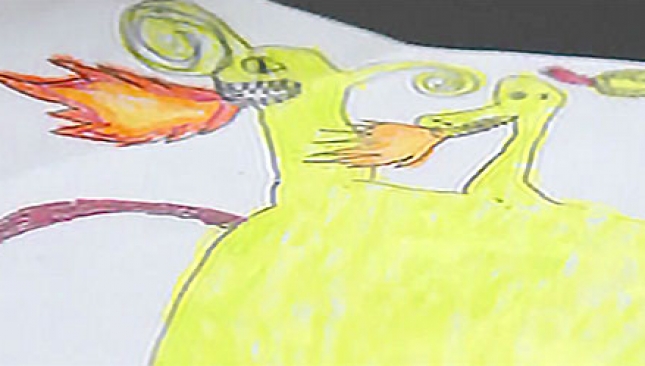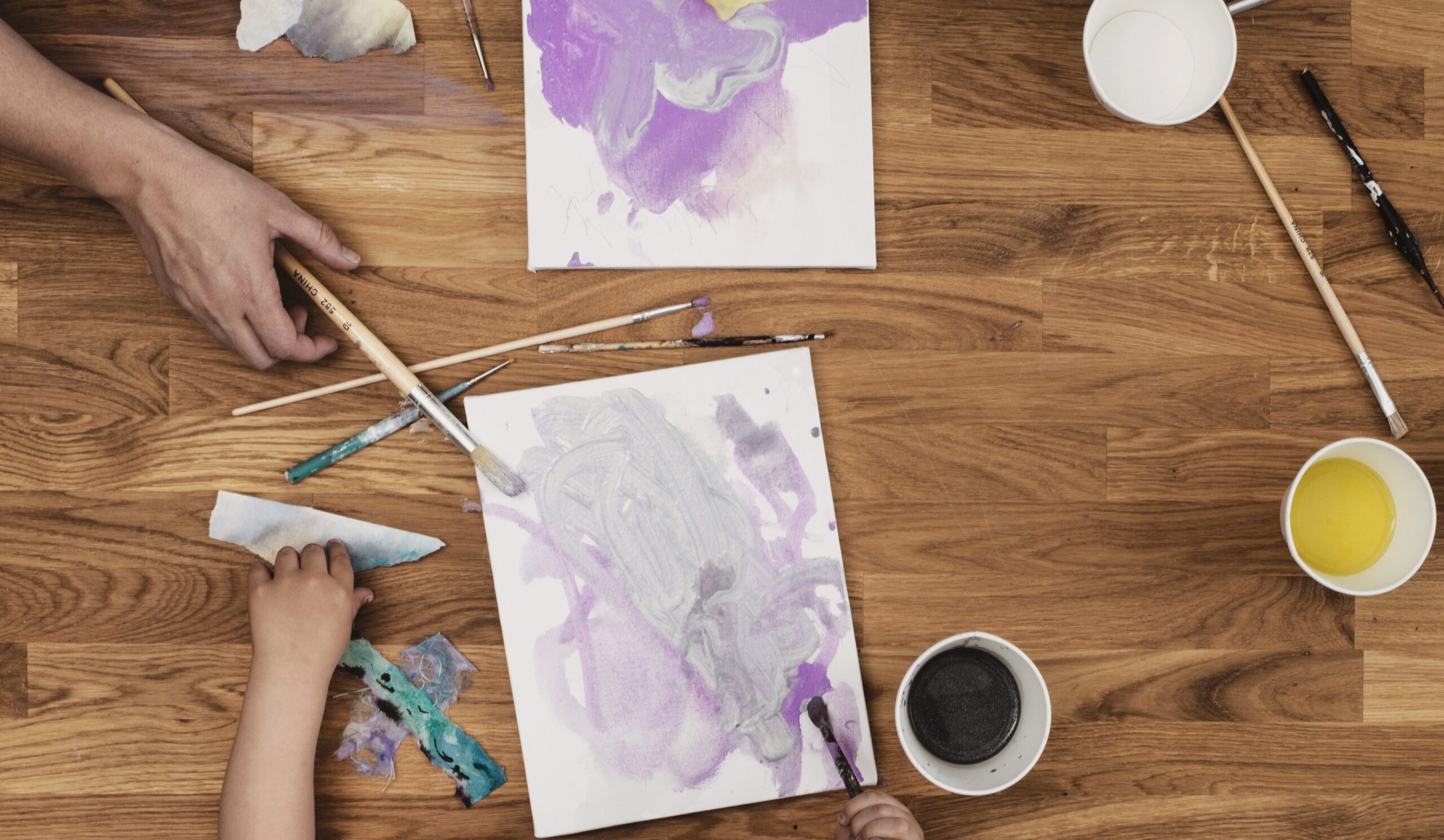Editor’s Note: We’ve asked Special Education teacher Brett Bigham to look at videos in Tch’s library and tell us how he would adapt them for the wide range of learning abilities seen in today’s classrooms. Click on his picture to the left to see the full list of blogs in the series.
Every elementary teacher knows the power of good illustrations within a book. During our early reading days, when books are often more pictures than words, we learn to look at the drawings and pictures to give us important clues about the story we’re reading. This ability to find details in what we see is one of the biggest foundation stones of education. Without observation we would have no science, little math, and the arts would be nothing more than blurs of color and hazy forms.
This lesson by Ms. Montgomery is a favorite of mine. It is my belief that any time you can combine an art lesson with another subject, you give every student in your room a chance for success. For many of our students who learn differently, they will not be able to produce some of the work required in their inclusive classrooms. That’s why an assignment like Monster Match provides an avenue to success for every student.

VIDEO: Monster Match: Using Art To Improve Writing
Since a large portion of the assignment is creating the monster, each child is pretty much guaranteed to succeed with the first part of the lesson. Almost every student, regardless of writing and reading skills, can draw a monster. It may be a simple stick figure or it could be a Picasso-esque masterpiece, but every student will begin this lesson on the success of their drawing. How often does a non-reader or non-writer find themselves being successful at a language arts lesson?
I love that this lesson is being shared over the internet with another class as well. But as I adapt the lesson for our special ed classrooms, I’m going to shake that up a little and reformat Monster Match to make it simpler and easier to manage, and turn it into a group activity that doesn’t require reading and writing.
After each student draws a monster, I would choose a volunteer to go to the dry erase board (or to an easel with paper on it). This student would not be able to see the monster picture, but would be required to draw the monster based on their peer’s descriptions. One at a time I would call on students to describe one part of the monster to the student drawing the picture. This would also allow the teacher to guide them on how to organize their description.

For the first student I might ask, “Who can describe the shape of the body?” This would give guidance to the illustrator by helping to organize the description, allowing the picture to come together in a way that’s easier to draw. “The body is shaped like a jelly bean” is a much easier way to start drawing your picture than hearing, “The monster has lots of teeth.” For our learners who might visually track differently or have trouble organizing their thoughts, this ability to pick out the most important starting places for the illustration can become a valuable tool for later learning.
By turning the description of the monster into a group activity (instead of one child reading their description), the goal is to get every student to really look at the monster picture and pull out all of the details. This also allows the teacher to guide the students towards describing shapes, colors, and features to make sure enough of the details are shared to create a good drawing that has complex details. This flip in the lesson now has all of your students but one doing the describing of the picture, with one student participating in active listening. But for your non-readers and writers, they get to participate fully since the lesson is now focusing on the details, not the writing.






